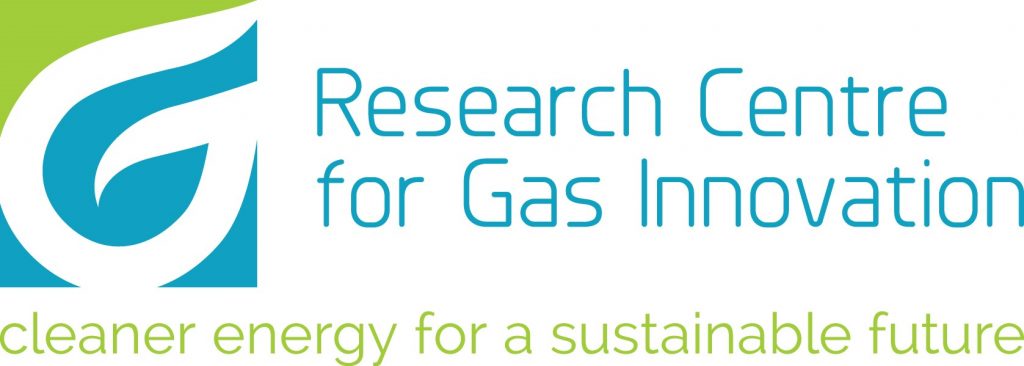
Anisotropic ViscoElastic Numerical Inversion Research (AVENIR) – Total Energies – 2024 – 2028
Advanced pre-salt carbonates quantitative imaging (Seismic reservoir characterization using FWI)
Coordinator: Prof. Bruno Souza Carmo (POLI-USP)
Vice-coordinator: Dr Pedro da Silva Peixoto (IME-USP)
In collaboration with the Federal University of São Carlos, Federal University of Rio Grande do Norte, Federal University of Pará, and Campinas State University.
The objective of this project is to build highly efficient, domain-specific language software tools to perform full waveform inversion (FWI) based on three-dimensional, tilted transverse isotropic (TTI) viscoelastic wave modelling. To achieve this goal, the team will first work on the construction of three-dimensional viscoelastic TTI kernels to be run efficiently in GPGPU hardware. Next, aspects related to accuracy and performance improvement will be tackled, namely the implementation of absorbing boundary conditions, correct representation of source injection and receivers, optimized spatial and time discretization schemes, and mimetic coupling between elastic and acoustic solvers. Next, the seismic imaging inverse problem will be dealt with by developing optimization algorithms, automating the calculation of gradients and devising robust techniques for multiparameter inversion and target oriented imaging. The project will be developed in three branches: Branch A will explore finite-differences discretization using the software Devito, Branch B will focus on high order finite-element discretization using the software spyro, and Branch C will be devoted to the development of robust elastic FWI algorithms. Branches A and B will be developed in two phases: Phase 1 will be dedicated to the construction of the numerical models for accurate and efficient forward propagation, and in Phase 2 the team will build FWI algorithms, incorporating the developments of Branch C into Devito and spyro. Key aspects that will permeate the entire development chain are abstraction, automatization, layering, flexibility, portability, performance, and integration.
This research is carried out in association with the R&D project registered at ANP sponsored by Total Energies under the ANP R&D levy as “Compromisso de Investimentos com Pesquisa e Desenvolvimento”.
Software technologies for simulation and inversion (STMI) – Shell – 2018-2023
Optimization of finite-difference seismic wave solvers and their adjoints.
This project focuses on developing a range of software technologies required for simulation and data inversion. Despite the fact that applications such as seismic imaging through data inversion predate the current surge in interest in data analytics and machine learning by many years, it remains an incredibly challenging problem due to the inherent complexity of the problem, large data volumes, and high computational cost. The software required is highly specialized, both in terms of mathematics and high-performance computing methods, and takes many person-years to develop. This poses a serious barrier to the development of new methods and innovation, for example, to improve an image below salt layers commonly found off the coast of Brazil.
The aim of the work proposed here is the development of specialized software technologies that can reduce the time required to develop simulation and inversion codes from years to days. High-level programming languages are designed here to enable geophysicists to use their domain expertise to quickly develop and evaluate new algorithms to image challenging geological areas.
The first specific objective of this workstream is to develop discretization methods for several types of partial differential equations relevant for full-waveform inversion: isotropic acoustic system and anisotropic acoustic and elastic systems, with the following properties:
(1) stability in the presence of high medium contrasts for long time integrations,
(2) accuracy of key solution metrics e.g. minimized dispersion errors,
(3) computational efficiency.
The second specific objective of this workstream is the theoretical study and implementation of both state of the art and novel optimization methods to solve the FWI problem. In particular, we will focus on the development of sharp interface models, which are relevant for geological settings presenting strong discontinuities, such as the case of delineation of salt bodies.
This project is part of a major Shell funded project for software technologies for modeling and inversion, consisting of 11 principal investigators and a total of 64 participants.
Principal Investigators: Saulo R.M. Barros, Antoine Laurain, Pedro S. Peixoto
- Post-docs: 2.
- Ph.D. students: 4.
- MSc students: 2.
- Scientific Initiation: 1
Institution: Institute of Mathematics and Statistics (IME), University of Sao Paulo (USP)
Department: Applied Mathematics
This research was carried out in association with the R&D project registered as ANP 20714-2 , ” STMI – Software Technologies for Modelling and Inversion, with applications in seismic imaging” (USP/ Shell Brasil / ANP) – ANP: Desenvolvimento de técnicas numéricas e software para problemas de inversão com aplicações em processamento sísmico, sponsored by Shell Brasil under the ANP R&D levy as “Compromisso de Investimentos com Pesquisa e Desenvolvimento”.


